Armen Der Kiureghian
A Beacon of Hope
Mihran Agbabian surveying the 1988 earthquake in Gyumri.
In the aftermath of the devastating earthquake of 1988 in northern Armenia, the United States National Academy of Sciences dispatched a team of scientists and engineers to Soviet Armenia to assess the effects of the earthquake and provide technical assistance. The team included two Armenian-Americans, Mihran Agbabian of the University of Southern California and Armen Der Kiureghian of the University of California (UC), Berkeley. Both were professors of earthquake engineering.
This is the unconventional story of how the American University of Armenia (AUA) was established, shared by one of its founding members, Armen Der Kiureghian, now president of the university. Today, AUA is a rigorous English-language academic institution that provides both undergraduate and graduate degrees. The university is well-known in the region and conducts important academic research on a wide range of topics.
On the last Sunday of February 1989, Armen Der Kiureghian met for breakfast with a group of academics in the home of a professor from the National Polytechnic University of Armenia. He had just finished participating in an international conference on post-earthquake reconstruction and relief.
A traditional Armenian dish was on the menu, khash. It’s a thick broth prepared by boiling cow or sheep hooves for hours and hours, usually eaten with copious garlic, crumbled lavash flatbread, and shots of vodka. Between shots of vodka, Yuri Sargsyan, the Rector of the Polytechnic University, remarked that it would be helpful to have a western-style university in Armenia. Such a school would be a “constructive response to the calamity,” a center to train specialists whose expertise could advance the country and even prevent similar disasters. This idea took hold in Armen Der Kiureghian’s mind, and he began to pursue it when he returned to the United States from the conference.
The founders of AUA: (from left) Armen Der Kiureghian, Mirhan Agbabian, and Stepan Karamardian.
Armen Der Kiureghian and his friend Mihran Agbabian wrote a proposal letter, which was circulated among politicians and charitable organizations before it found the eyes of Louise Manoogian Simone, the president the Armenian General Benevolent Union (AGBU). Simone promised financial support, and in turn asked for further assistance from the President of the University of California. After a “fact-finding mission,” in March 1991 it was decided that the University of California would support the establishment of a university in Armenia. Armen Der Kiureghian, Mihran Agbabian, and Stepan Karamardian, the dean of business at UC Riverside, came to Armenia’s capital city Yerevan shortly after to make preparations. The doors of AUA officially opened on September 21st, 1991, the same day Armenia’s parliament declared independence from the Soviet Union. Mirhan Agbabian became the first president of the university.
The early Republic of Armenia faced serious challenges. (You can read more in the History section of Story Beyond the Ruins.) Factories closed, construction projects stopped, and unemployment was dangerously high. Many citizens did not have access to basic amenities like water, electricity, and gas, and these needs were exacerbated by some of the coldest winters on record. In one word, President Der Kiureghian describes those years as “crumbling.”
The university was not immune to these difficulties. In the conversation, President Der Kiureghian recounts what the first students endured: they often slept at the university because it was too cold and too far to walk home. Food was provided to the students for free because many couldn’t afford it. In one vivid memory, he retells a story of someone who left a jug of water in his office. After a few hours, the jug cracked because the water had turned to solid ice. Nevertheless, the opportunity to focus on their education made a life-changing impression on the students: “Many [students] were spending more time at the university than at home. They are our most loyal alumni.” President Der Kiureghian laughs as he thinks about the advantages of today’s students: “They don’t understand what the first students went through.”
Amid years of hardship, AUA carried on its mission to educate and prepare graduates for a constructive role in Armenian society. Their cooperation with AGBU and the University of California continued and deepened. The building was outfitted with generators for electricity and heating. While everything else felt like a “downward slope,” AUA grew into a “beacon of light.” Remembering that time, Armen Der Kiureghian says, “You entered here and it was a different world. There was light, there was heat, there was food, there was class and there was serious learning going on.”
Samvel Meliksetyan is a beneficiary of the Turpanjian Rural Development Program (TRDP). He received trainings on financial management and received a loan to start his mechanics business through TRDP.
Through the years the university opened extension offices and created development opportunities in the other regions of Armenia. The Turpanjian Rural Development Program (TRDP) helps potential entrepreneurs with business plans, consultation, and financial loans. AUA also started offering undergraduate programs in 2013. It now has over 2000 students. According to President Der Kiureghian the progress and survival of the university has been “something of a miracle.”
The importance of AUA to both Armenia’s economic and political growth has increased dramatically over the almost three decades it has existed. The former United States Ambassador to Armenia, John Marshall Evans calls the founding and fostering of AUA, “The single most important endeavor the Armenian-American community and the U.S. government have implemented together in the Republic of Armenia.”
Mihran Agbabian and Louise Manoogian Simone passed away not long before this story was posted. We honor their contributions to and love for the Armenian people worldwide.
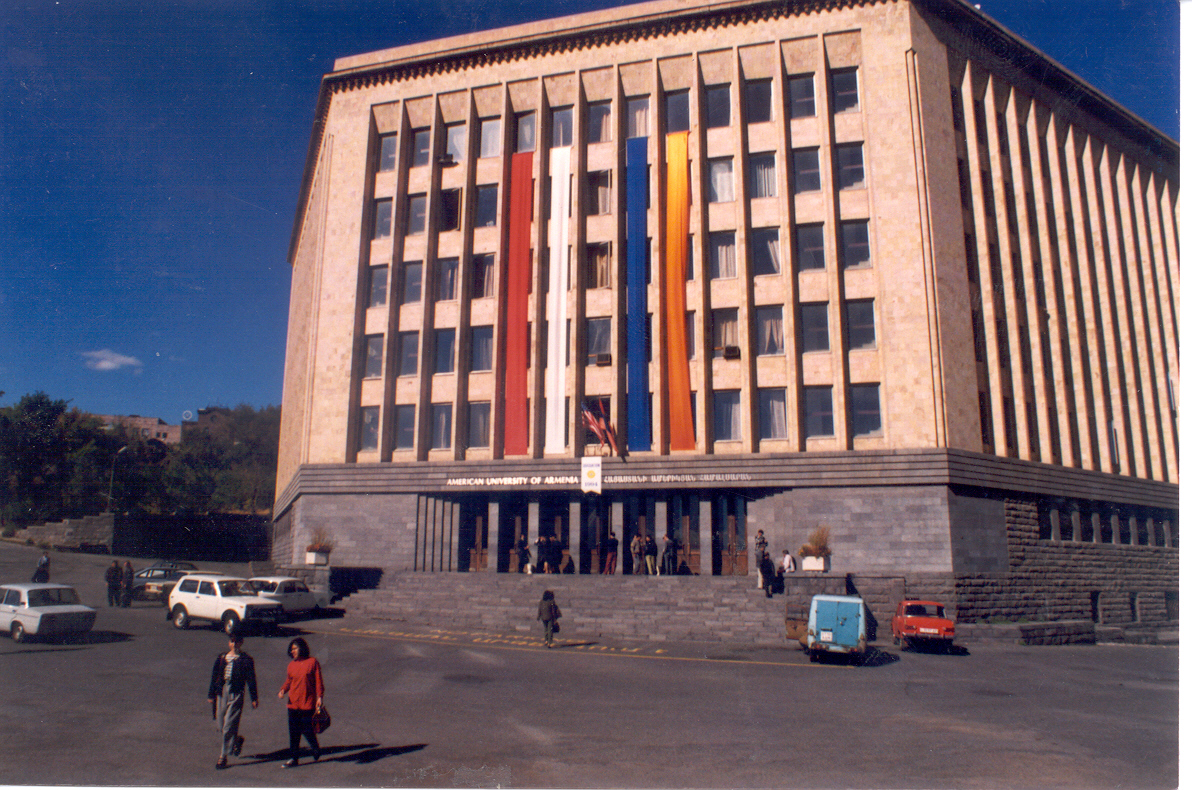
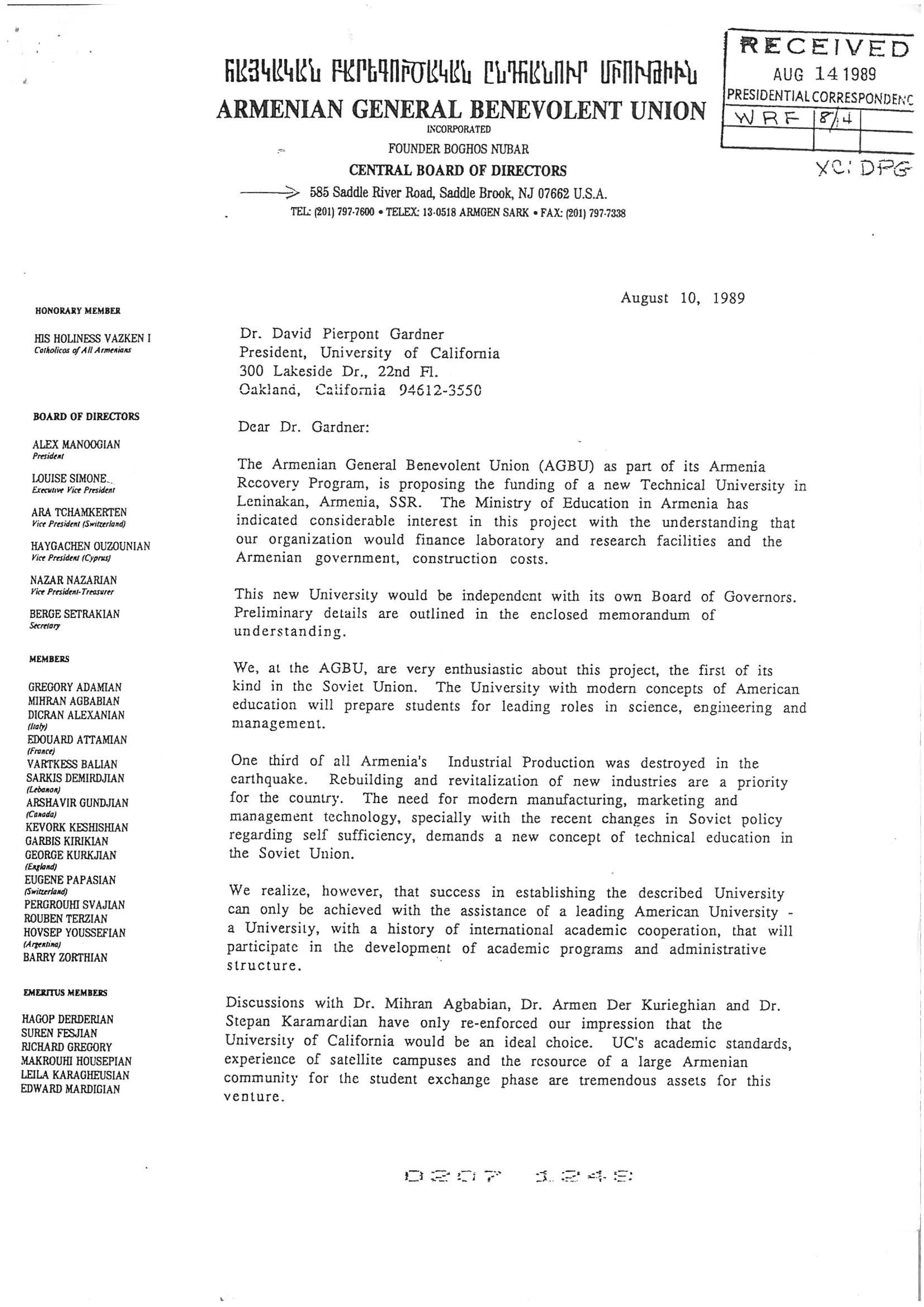
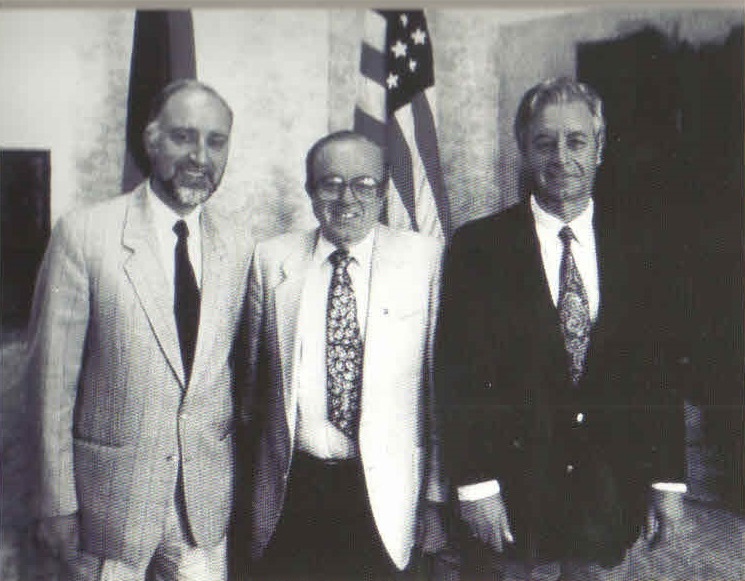

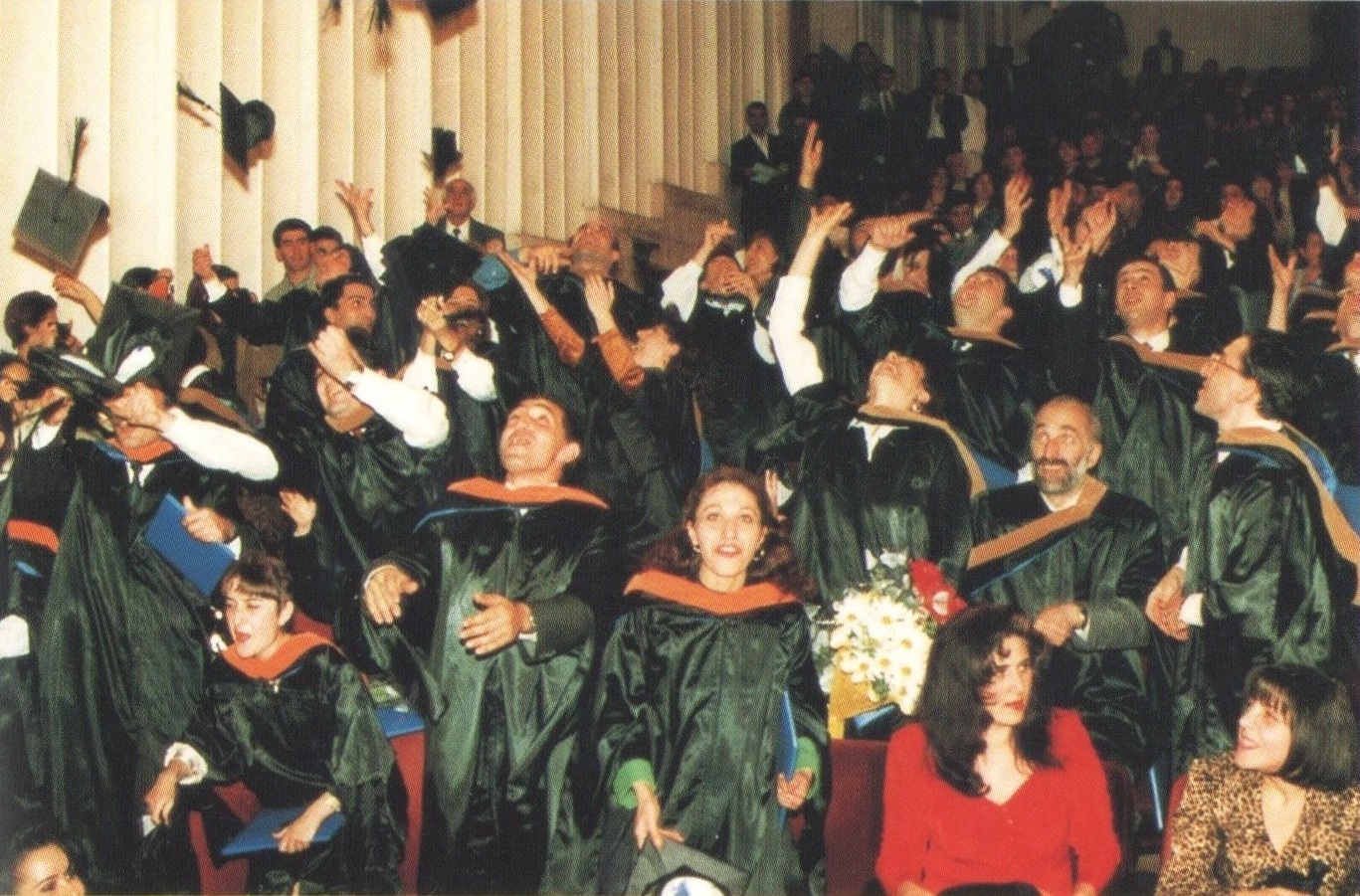
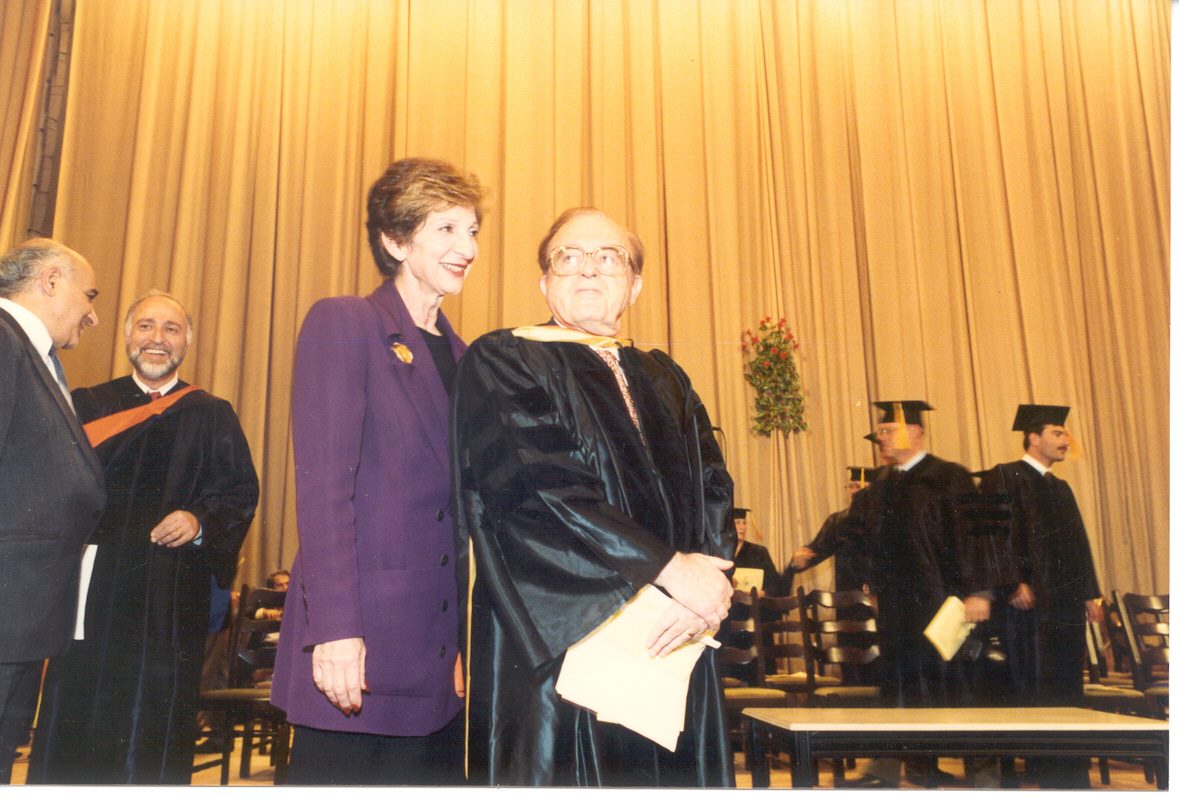
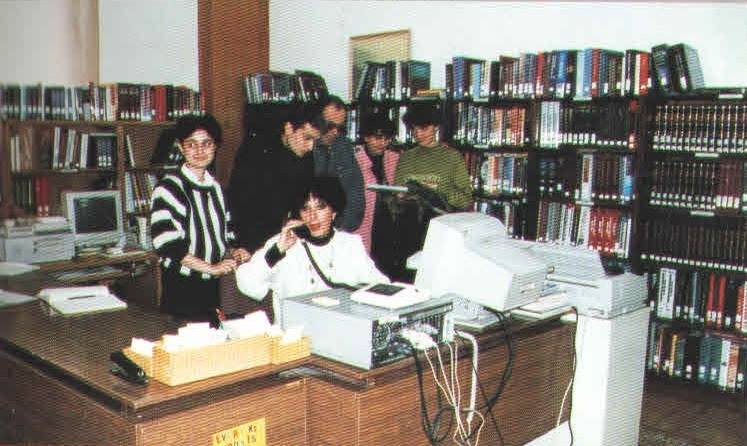
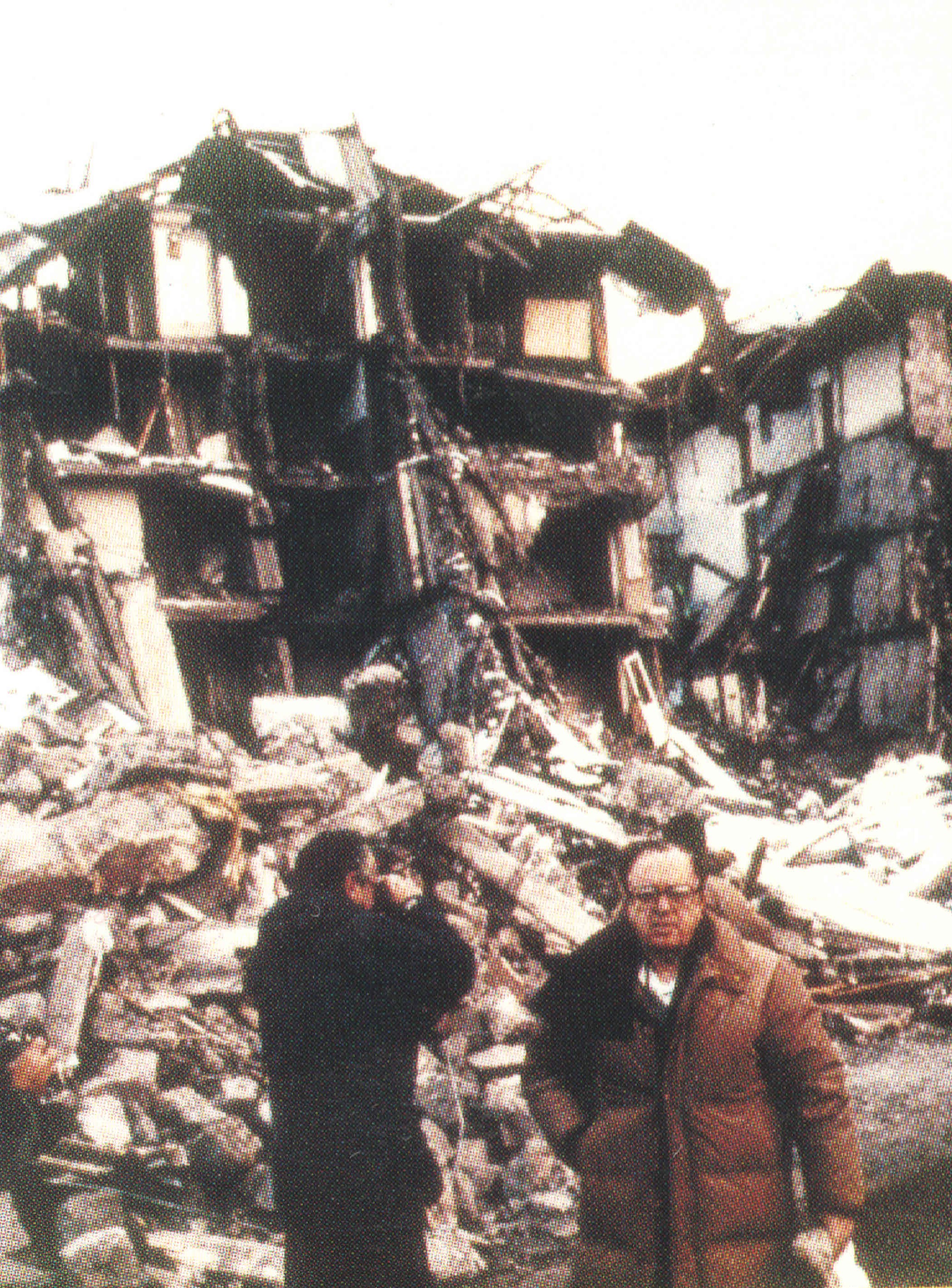


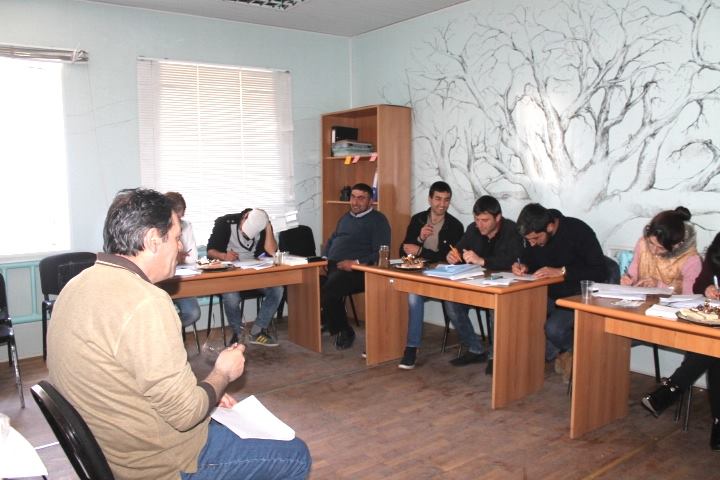
About Armen Der Kiureghian
Dr. Armen Der Kiureghian is the fourth president and one of the founders of the American University of Armenia (AUA). He currently holds the post of Taisel Professor of Civil Engineering Emeritus at the University of California, Berkeley.
Dr. Armen Der Kiureghian is a past president of the Civil Engineering Risk and Reliability Association (CERRA) and past Chair of the American Society of Civil Engineers (ASCE) Probabilistic Methods Committee.
In addition to authoring 130 publications, Dr. Armen Der Kiureghian has been awarded the Walter L. Huber Civil Engineering Research Prize (1988), the Alfred M. Freudenthal Medal (2006), the Thomas A. Middlebrooks Award (2006), the George Winter Medal (2014), and the Movses Khorenatsi Medal from the Armenian government.
Since 1998, Dr. Armen Der Kiureghian has been a foreign member of the National Academy of Sciences of Armenia and since 2011, an elected member of the US National Academy of Engineering. He received his B.S. and M.S. in Civil Engineering from Tehran University, Iran and his Ph.D. in Civil Engineering from the University of Illinois at Urbana-Champaign.
About the American University of Armenia
The American University of Armenia (AUA) was established in 1991 in affiliation with the University of California and support from Armenian General Benevolence Union (AGBU), the United States government, and the Armenian government.
AUA currently offers five undergraduate degrees and nine graduate degrees. In 1992, AUA began offering an extension program that provides professional training and preparatory courses. There are AUA Extension offices in Dilijan, Gyumri, Vanadzor, Vayots Dzor, and Stepanakert.
In 2006, thanks to a donation by Gerald Turpanjian, a long-time benefactor of the university, the Turpanjian Rural Development Program (TRDP) was created providing education, consultation, and access to low-interest loans to entrepreneurs in rural areas of Armenia. Currently, there are TRDP offices in Gyumri, Stepanakert, Ijevan, Vayots Dzor, and in Javakh Region in Georgia.



